Madagascar: stunning wildlife, landscapes, and cultural diversity
WildMadagascar.org highlights Madagascar's stunning wildlife, landscapes, and cultural diversity.
Madagascar is a land like no other. An island roughly the size of Texas or France, Madagascar is home to more than 250,000 species of which 70% are found nowhere else on the globe.
Geography: Madagascar can be divided into five geographical regions: the east coast, the Tsaratanana Massif, the central highlands, the west coast, and the southwest. The highest elevations parallel the east coast, whereas the land slopes more gradually to the west coast. Geography of Madagascar
Culture: are of the past; where in many areas taboo and tradition takes precedence over the law; and western-style religion is freely mixed with beliefs in sorcery and unparalleled funerary customs. The People of Madagascar
Plant biodiversity: Madagascar is home to as many as 12,000 plant species -- 70-80% of which are endemic -- making it one of the most diverse floras on the planet. Flora of Madagascar.
Animal biodiversity: Madagascar has some of the highest biodiversity on the planet. Of roughly 200,000 known species found on Madagascar, about 150,000 are endemic. Unique to the island are more than 50 types of lemurs, 99 percent of its frog species, and 36 genera of birds. Madagascar houses 100 percent of the world's lemurs, half of its chameleon species, 6 percent of its frogs, and none of its toads. Some species found in Madagascar have their closest relatives not in Africa but in the South Pacific and South America. Wildlife of Madagascar.
Madagascar News
Assessments argue carbon offsets are failing communities and climate goals (commentary) (December 5, 2025)
- A new report from the Land Matrix documents 9 million hectares (more than 22 million acres) of land that are subject to carbon offset deals worldwide. - The Land Matrix data does not include what it calls “community- or farmer-based projects” as it claims that these do not contribute to land concentration and inequality — but a similar analysis sees it very differently. - “The takeaway is that we all have to build stronger analyses of what is going on with these carbon land grabs, and put an end to offsetting as a false solution to the climate crisis,” the authors of a new op-ed argue. - This article is a commentary. The views expressed are those of the authors, not necessarily of Mongabay. Lemurs are being eaten as an urban delicacy in Madagascar (November 28, 2025) 
- Lemur meat has become a discreet urban delicacy in Madagascar, with an estimated 13,000 lemurs sold annually in surveyed cities—mostly through hidden hunter-to-client channels. - Peri-urban hunters run efficient one-stop operations, earning up to a third of their cash income from lemur sales while traveling long distances to harvest increasingly rare species. - Wealthier consumers fuel demand based on perceptions of taste, luxury, and health benefits, with little fear of legal consequences and high prices reinforcing the status of lemur dishes. - The trade targets vulnerable species, peaks during breeding season, and threatens rapid population declines; effective responses require firearm regulation, alternative livelihoods for hunters, and demand-focused strategies. Urban appetite for lemur meat piles pressure on iconic primates (October 1, 2025) 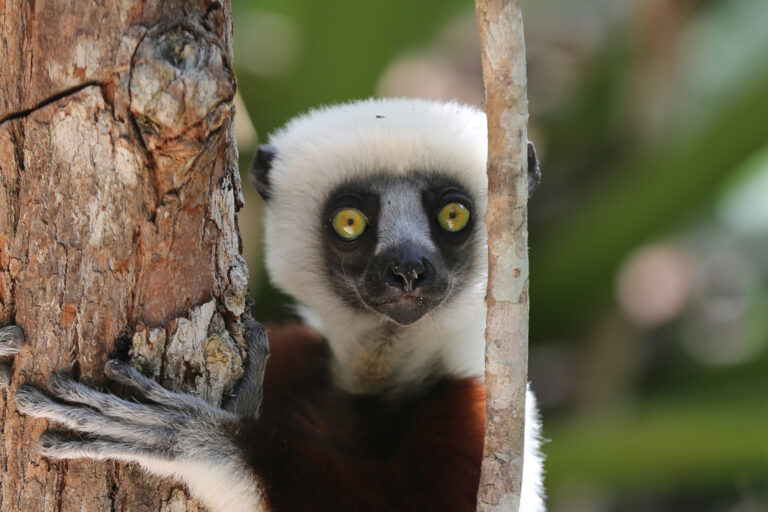
- Thousands of threatened lemurs are killed by specialist hunters every year to feed a lucrative urban market for their meat in cities across Madagascar. - While rural subsistence hunting is seasonal and opportunistic, the year-round urban luxury trade for lemur meat threatens large-bodied species, including during key reproductive periods. - Primatologists recently issued a statement calling for strategies aimed at different actors involved in lemur meat hunting, including stricter gun regulations and enforcement directed at the urban trade, and the development of economic alternatives for rural subsistence hunters. New species of gecko described from Madagascar’s sacred forests (September 24, 2025) 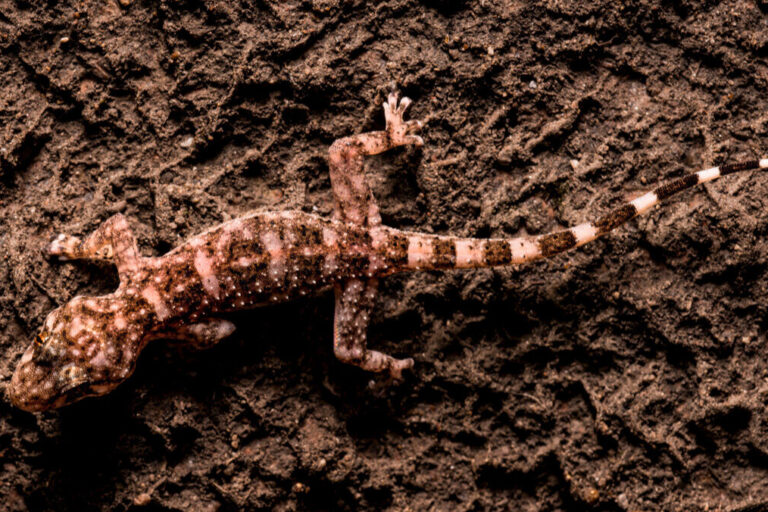
- An international team of biologists has discovered a new species of gecko in small forest fragments in southeastern Madagascar. - Due to its extremely limited range, researchers say it should be classified as critically endangered. - The management of these forests by local communities offers a significant advantage for the species’ conservation, according to the research team. Madagascar’s dry forests need attention, and Verreaux’s sifakas could help (September 15, 2025) 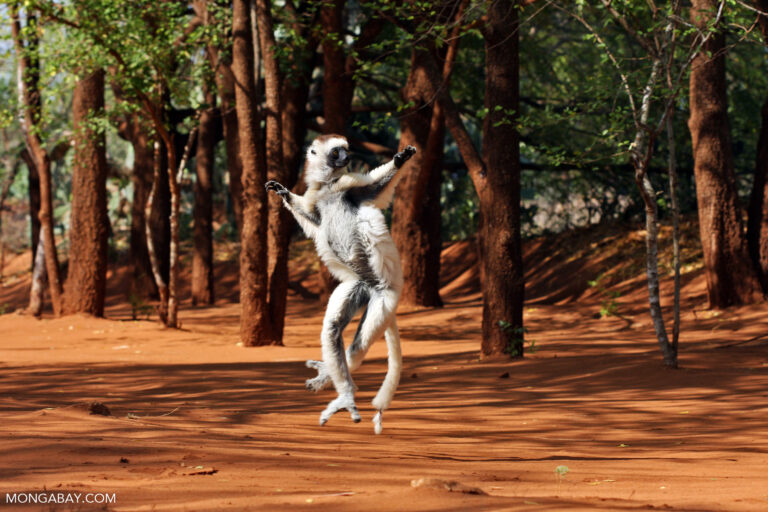
- Western Madagascar is home to some of the country’s poorest communities and its most endangered wildlife, presenting intertwined challenges for conservation. - The region’s characteristic dry forests have been badly damaged by clearing of land for shifting agriculture — and for mining, plantations and timber harvesting — over the past 50 years: Across Madagascar, nearly 60% of dry forest species are classed as vulnerable, endangered or critically endangered. - NGO leaders, scientists and government representatives are forming a dry forest alliance to better coordinate efforts to protect this valuable biome. - Among the new alliance’s first actions was pushing for the inclusion of the critically-endangered Verreaux’s sifaka on the latest list of the World’s 25 Most Endangered Primates, which alliance members hope will attract greater attention to this primate’s threatened habitat. Collaboration key to lemur survival: Interview with primatologist Jonah Ratsimbazafy (September 8, 2025) 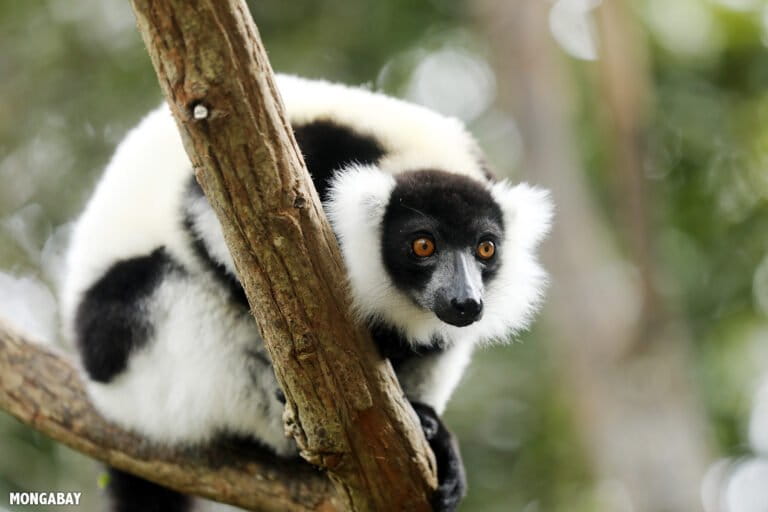
- Primatologist Jonah Ratsimbazafy has warned that primate conservation is at critical juncture, and success will depends on collective effort. - As he concluded his term as president of the International Primatological Society, he urged its members to work collaboratively and inclusively. - Mongabay interviewed Ratsimbazafy about the state of research and protection for the Madagascar’s iconic lemurs on the sidelines of the 30th congress of the IPS in Antananarivo in July. New list of primates in peril aims to focus attention and inspire action (August 5, 2025) 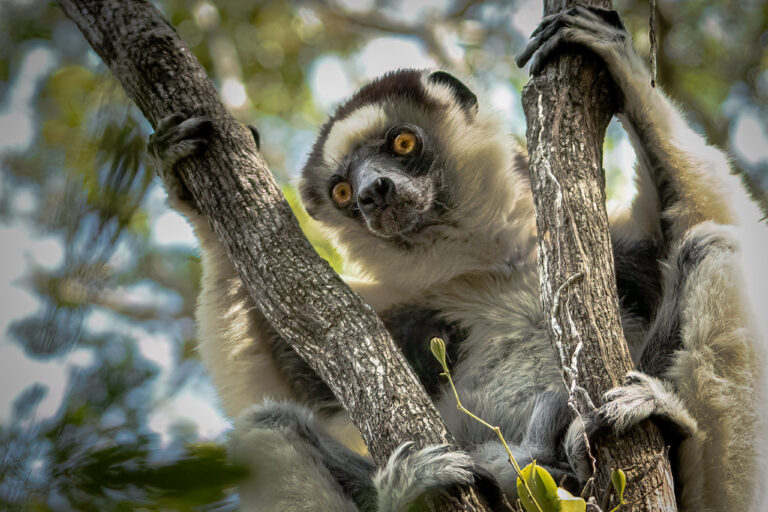
- A new list of the 25 most threatened primates has been published by the International Primatological Society, which held its 30th congress in Madagascar in July. - More than 40% of primate species are classed as endangered or worse, and the biannual listing of the most threatened species aims to draw attention to species at particularly high risk, and inspire action to protect them. - The 2025 list includes species from Asia, Africa and the Neotropics. - Some species are absent from the latest list thanks to an improved outlook, but others have been displaced only because of the deteriorating situation for others. More than 10,000 species on brink of extinction need urgent action: Study (July 30, 2025) 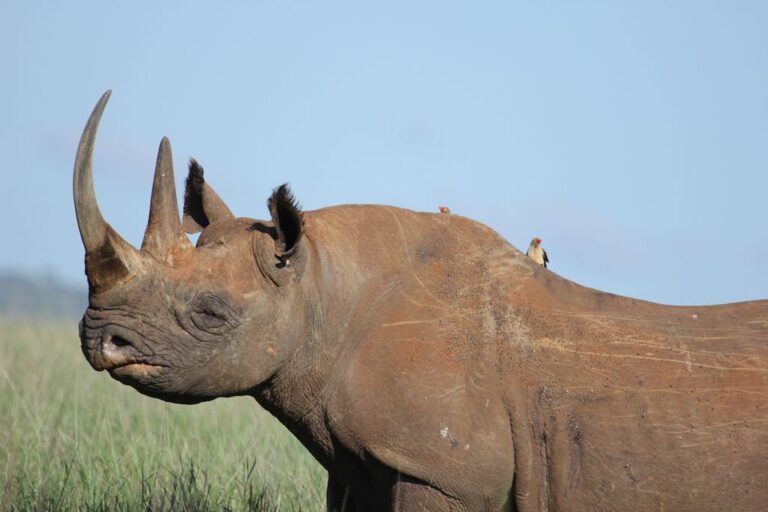
- New research identifies 10,443 critically endangered species worldwide, with effective protection strategies available if funding and political will follow. - More than 1,500 species, or 15% of the critically endangered species, are estimated to have fewer than 50 mature individuals remaining in the wild. - Just 16 countries hold more than half of all critically endangered species, with concentrations across the Caribbean islands, Atlantic coastal regions of South America, the Mediterranean, Cameroon, Lake Victoria, Madagascar and Southeast Asia. - Improving the status of critically endangered species would cost between an estimated $1 billion and $2 billion annually, a small fraction of global economic activity and less than 2% of the net worth of billionaires Elon Musk, Jeff Bezos or Mark Zuckerberg. Scientists trial chlorine as gentler alternative to antibiotics to fight coral disease (July 2, 2025) 
- Stony coral tissue loss disease (also known as SCTLD) spreads rapidly, causing high mortality rates among reef-building corals in the Caribbean. - The most effective treatment known to date is the application of an antibiotic paste, but this poses a major health concern due to the development of antimicrobial resistance, which in turn exposes sea life to threats over the long term. - Scientists have found that applying chlorine to affected reefs, delivered in a cocoa butter paste, can be both effective and more environmentally friendly, though it’s less effective than antibiotic treatment. - Tackling water pollution and maintaining the balance of ecosystems, which are now severely disrupted in many parts of the world, would be the best strategy for safeguarding corals against disease, experts say. Critically endangered chameleon discovered outside its known habitat in Madagascar (June 3, 2025) 
- In April, researchers found individuals of a critically endangered chameleon species in southwestern Madagascar. - Furcifer belalandaensis had not previously been recorded outside of a tiny area threatened by deforestation for charcoal and agriculture, and by the development of a major mining project. - Researchers working to improve knowledge of the Belalanda chameleon’s distribution were excited to find three of the rare reptile five kilometers (three miles) away, in the PK32-Ranobe protected area. - But Ranobe’s forests are also under pressure; captive breeding and revising the protected area’s management plan are among of the conservation measures being considered to ensure the species’ survival. Top 25 most threatened primates highlighted in new report urging action (May 8, 2025) 
- The latest list of the 25 most endangered primates includes nine from Asia, six from the Americas, six from the African mainland, and four from Madagascar. - Madagascar is home to 112 known lemur species, nearly all of which face the threat of extinction or what they report calls “collective endangerment,” where entire taxonomical groups are at risk of dying out. - Several primates feature on the list for the first time, including the Sahafary sportive lemur, red-bellied monkey, northern pygmy slow loris, Myanmar snub-nosed monkey, Central American squirrel monkey, and Bornean banded langur. - The report is also designed to spur conservation efforts for the listed species, as happened in the case of Brazil’s pied tamarin, a species for which the Brazilian government created a strict reserve in 2024. Madagascar highway pushes on through controversy (March 31, 2025) 
- More than a hundred Malagasy civil society organizations have called on the government to halt construction of a major highway after thousands of farmers were affected by unusual flooding linked to the project. - They are calling for compensation for affected communities and inclusive consultations before the project continues. - The highway, intended to link the capital Antananrivo to the port of Toamasina, has also been criticized for threatening ecologically important forests and a significant heritage site. |
Overviews - by language
Arabic
Chinese-simplified
Chinese-traditional
Croatian
Czech
English
Farsi
French (expanded)
German
Greek
Hindi
Indonesian
Japanese
Italian
Malagasy (rainforests)
Malay
Portuguese
Portuguese (Brazil)
Romanian
Russian
Spanish
Slovak
Ukrainian
Overviews - by language
About Madagascar
Maps
FAQs
People
History
Flora
Wildlife
Birds
Fish
Frogs
Invertebrates
Lemurs
Mammals
Reptiles
Environment
Conservation
ANGAP
Parks
Educational
Madagascar Travel
About the site
How to help
Contact
Overviews - by language
Rainforests
Deforestation
Environmental news
Tropical fish
Books
Madagascar, 9th: The Bradt Travel Guide
Madagascar Wildlife, 3rd: A Visitor's Guide
Mammals of Madagascar: A Complete Guide
Madagascar Travel Pack
Birds of the Indian Ocean Islands
Birds of Madagascar: A Photographic Guide
Lonely Planet Madagascar & Comoros
The Natural History of Madagascar
Malagasy-English: Dictionary and Phrasebook
Lords and Lemurs
The Eighth Continent: Life, Death, and Discovery in the Lost World of Madagascar
The Aye-Aye and I : A Rescue Journey to Save One of the World's Most Intriguing Creatures from Extinction
Shadows in the Dawn: The Lemurs of Madagascar